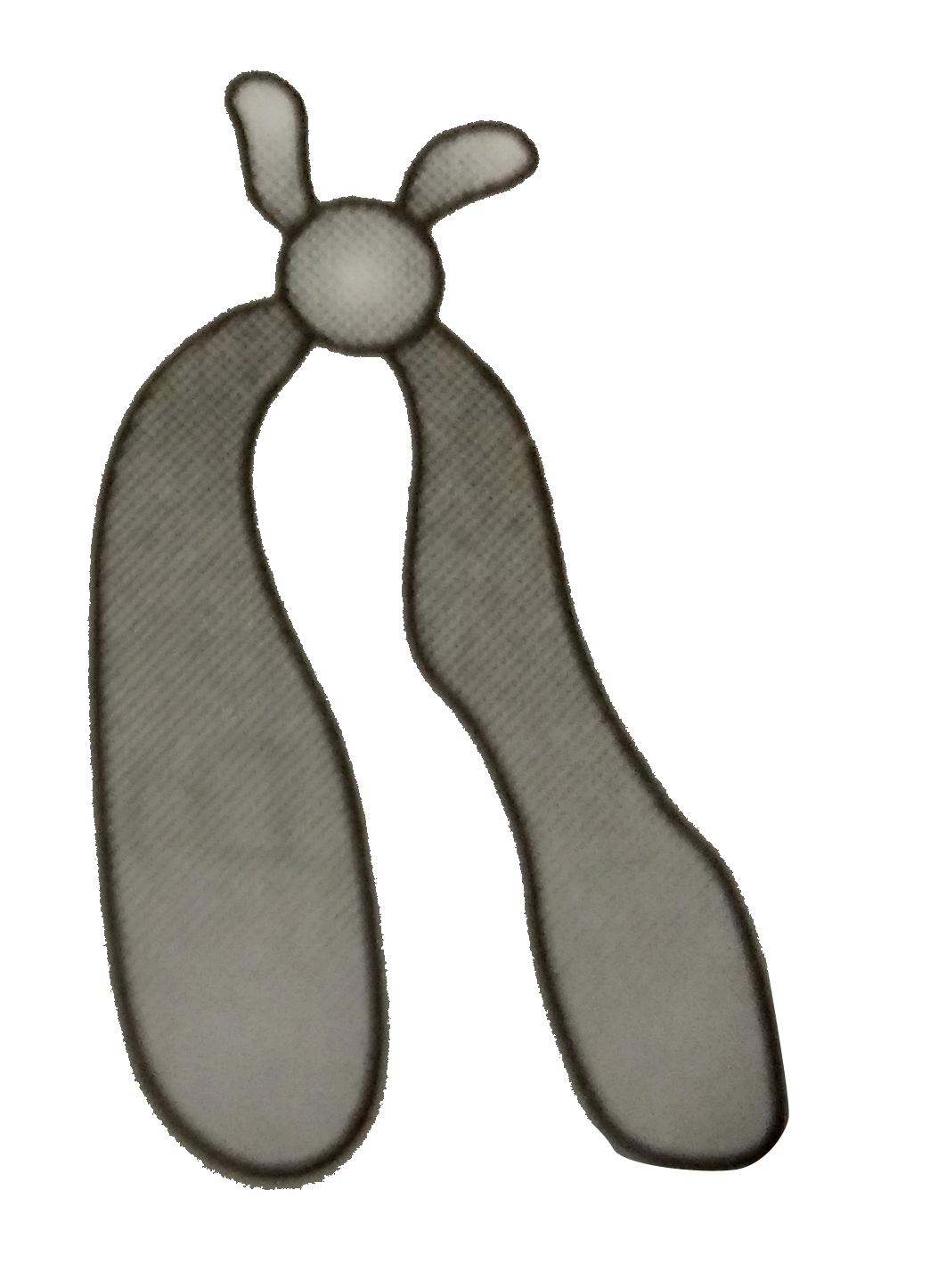What is a centromere? How does the position of centromere form the basis of classification of chromosomes. Support your answer with a diagram showing the position of centromere on different types of chromosomes.
Video Solution
Text Solution
Centromere is a constriction present on the chromosomes where the chromatids are held together.
Chromosomes are divided into four types based on the position of the centromere.
(i) Metacentric chromosome The chromosomes in which the centromere is present in the middle and divides the chromosome into two equal arms is known as a metacentric chromosome.

(ii) Sub-metacentric chromosome
The chromosome in which the centromere is slightly away from the middle region is known as a sub-metacentric chromosome. In this, one arm is slightly longer than the other.

(iii) Acrocentric chromosome
The chromosome in which the centromere is located close to one of the terminal ends is known as an acrocentric chromosome. In this, one arm is extremely long and the other is extremely short.

(iv) Telocentric chromosome
The chromosome in which the centromere is located at one of the terminal ends is known as a telocentric chromosome.

|
Topper's Solved these Questions
Similar Questions
Knowledge Check
Based on the position of the centromere, identify the type of chromosme shown in the figure.
 AMetacetricBSubmetacentricCAcrocentricDTelocentric
AMetacetricBSubmetacentricCAcrocentricDTelocentricChromosomes are classified based on the position of centromere. A chromosome having a terminal centromere is called
AmetacentricBtelocentricCsub-metacentricDacrocentric
Classify the chromosomes on the basis of position of centromere.
View SolutionName four types of chromosomes on the basis of position of centromere.
View SolutionMention the types of chromosomes based on the position of centromere.
View SolutionDiagrammatically represent the types of chromosomes based on the position of centromere.
View SolutionMention different types of chromosomes according to the position of centromere.
View SolutionClassify the chromosomes on the basis of position of centromere.
View Solution
